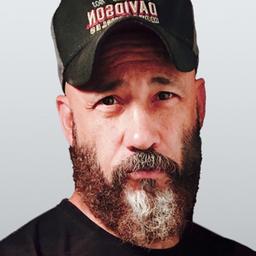1h 27min | Documentary | 26 July 2019 (USA) Macedonia/Turkish with English Subtitles
The opening drone-shot of “Honeyland” is of an old woman walking in a remote wilderness hinterland. As she walks, a huge jackrabbit is startled and bounds away.

The opening drone-shot of “Honeyland” is of an old woman walking in a remote wilderness hinterland. As she walks, a huge jackrabbit is startled and bounds away.